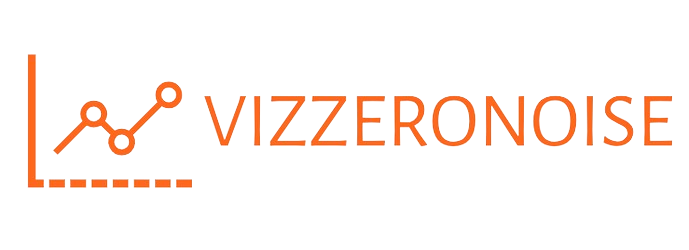Exploring Inflation Trends in 2022: Insights and Analysis
Understanding the Economic Landscape
As we delve into the realm of inflation trends in 2022, it’s imperative to grasp the broader economic landscape. The global economy has been grappling with unprecedented challenges stemming from the COVID-19 pandemic, leading to fluctuations in inflation rates worldwide. Understanding these underlying economic dynamics is crucial for interpreting inflation trends for the year ahead.
The Impact of Pandemic-induced Factors
The onset of the pandemic triggered a myriad of factors influencing inflation trends. Supply chain disruptions, labor shortages, and fluctuating consumer demand have all contributed to inflationary pressures across various sectors. As economies continue to recover, policymakers and analysts closely monitor these factors to gauge their impact on inflation dynamics in 2022.
Supply Chain Disruptions and Inflation
Supply chain disruptions emerged as a prominent driver of inflation in 2022. The pandemic-induced disruptions, coupled with heightened demand for certain goods and services, led to supply shortages and subsequent price increases. From semiconductor chips to lumber and consumer goods, industries worldwide grappled with supply constraints, fueling inflationary pressures and impacting consumer purchasing power.
Labor Market Dynamics
Another critical factor influencing inflation trends in 2022 is the state of the labor market. Labor shortages, exacerbated by factors such as early retirements, childcare challenges, and enhanced unemployment benefits, have led to wage increases in certain sectors. These wage pressures, combined with rising production costs, have contributed to inflationary pressures across the economy.
Consumer Behavior and Spending Patterns
Consumer behavior and spending patterns have also played a pivotal role in shaping inflation trends in 2022. The pandemic-induced shift towards remote work, online shopping, and digital services has significantly altered consumer preferences and purchasing habits. As economies reopen and consumer confidence rebounds, pent-up demand and discretionary spending could further fuel inflationary pressures.
Monetary Policy Response
In response to rising inflationary pressures, central banks worldwide have adopted various monetary policy measures. From interest rate hikes to tapering asset purchases, policymakers aim to curb inflation while supporting economic recovery. However, striking the right balance between addressing inflation concerns and maintaining accommodative policies poses a significant challenge in 2022.
Implications for Businesses and Consumers
The evolving inflation landscape carries significant implications for businesses and consumers alike. For businesses, navigating cost pressures, supply chain disruptions, and labor market challenges remains paramount. Adaptability, innovation, and strategic planning are key to mitigating the impact of inflation on operations and profitability.
For consumers, rising inflation erodes purchasing power and can impact household budgets.
As prices for essential goods and services continue to rise, consumers may need to adjust their spending habits and financial planning strategies. From budgeting and saving to evaluating investment options, consumers must adapt to the changing economic environment to safeguard their financial well-being.
Navigating Uncertainty with Informed Decision-making
In conclusion, navigating inflation trends in 2022 requires informed decision-making and a nuanced understanding of the economic landscape. While inflationary pressures pose challenges for businesses and consumers, they also present opportunities for adaptation, innovation, and resilience. By staying informed, monitoring key economic indicators, and leveraging strategic insights, businesses and consumers can navigate uncertainty and thrive in a dynamic economic environment. Read more about inflation 2022


